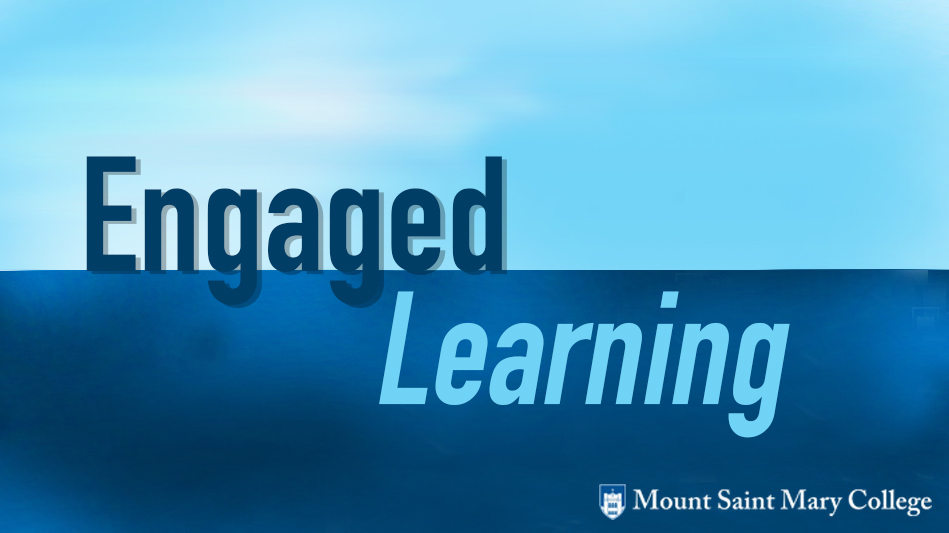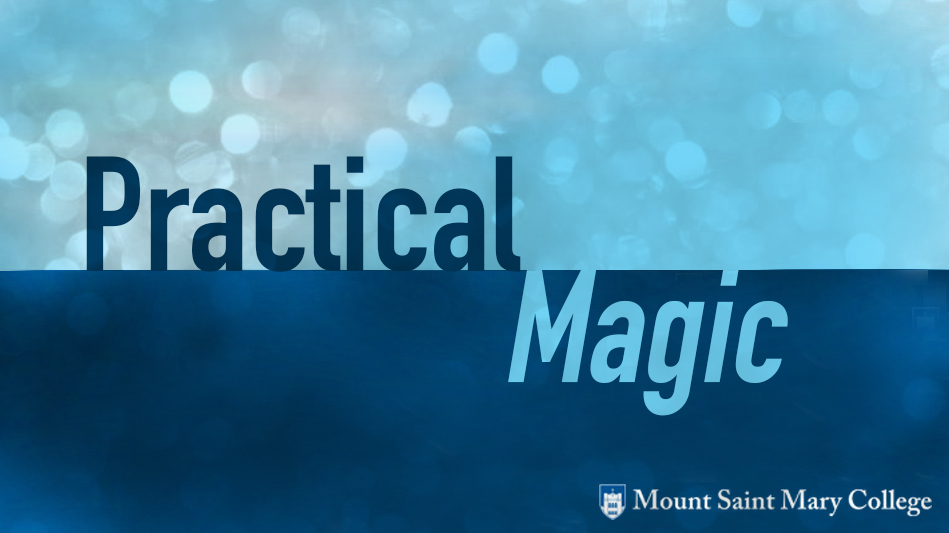by John Draeger (SUNY Buffalo State) & Lauren Scharff (U. S. Air Force Academy)
Metacognition was a recurring theme at the recent Speaking SoTL (Scholarship of Teaching and Learning) conference at Highpoint university. Invited speaker Saundra McGuire, for one, argued that metacognition is the key to teaching students how to learn. Stacy Lipowski, for another, argued for the importance of metacognitive self-monitoring through the regular testing of students. We argued for the importance of metacognitive instruction (i.e. the use of reflective awareness and self-regulation to make intentional and timely adjustments to teaching a specific individual or group of students) as a tool for selecting and implementing teaching strategies. This post will share a synopsis of our presentation from the conference.
We started with the assumption that many instructors would like to make use of evidence-based strategies to improve student learning, but they are often faced with the challenge of how to decide among the many available options. We suggested that metacognitive instruction provides a solution. Building blocks for metacognitive instruction include 1) consideration of student characteristics, context, and learning goals, 2) consideration of instructional strategies and how those align with the student characteristics, context, and learning goals, and 3) ongoing feedback, adjustment and refinement as the course progresses (Scharff & Draeger, 2015).
Suppose, for example, that you’re teaching a lower-level core course in your discipline with approximately 35 students where the course goals include the 1) acquisition of broad content and 2) application of this content to new contexts (e.g., current events, personal situations, other course content areas). Students enrolled in the course typically have a variety of backgrounds and ability levels. Moreover, they don’t always see the relevance of the course and they are not always motivated to complete assignments. As many of us know, these core courses are both a staple of undergraduate education and a challenge to teach.
Scholarly teachers (Richlin, 2001) consult the literature to find tools for addressing the challenges just described. Because of the recent growth of SoTL work, they will find many instructional choices to choose from. Let’s consider four choices. First, Just-in-Time teaching strategies ask students to engage course material prior to class and relay those responses to their instructor (e.g., select problem sets or focused writing). Instructors then use student responses to tailor the lesson for the day (Novak, Patterson, & Gavrin, 1999; Simkins & Maier, 2004; Scharff, Rolf, Novotny, & Lee, 2013). In courses where Just-in-Time teaching strategies are used, students are more likely to read before class and take ownership over their own learning. Second, Team-Based Learning (TBL) strategies also engage students in some pre-class preparation, and then during class, students engage in active learning through a specific sequence of individual work, group work, and immediate feedback to close the learning loop (Michaelsen & Sweet, 2011). TBL has been shown to shift course goals from knowing to applying and create a more balanced responsibility for learning between faculty and students (with students taking on more responsibility). Third, concept maps provide visual representations of important connections (often hierarchical connections) between important concepts. They can help students visualize connections between important course concepts (Davies, 2010), but they require some prior understanding of the concepts being mapped. Fourth, mind mapping also leads to visual representations of related concepts, but the process is more free-form and creative, and often requires less prior knowledge. It encourages exploration of relationships and is more similar to brainstorming.
Any of these three tools might be good instructional choices for the course described above. But how is an instructor supposed to choose?
Drawing inspiration from Tanner (2012) who shared questions to prompt metacognitive learning strategies for students, we recommend that instructors ask themselves a series of questions aligned with each of our proposed building blocks to prompt their own metacognitive awareness and self-regulation (Scharff & Draeger, 2015). For example, instructors should consider the type of learning (both content and skills) they hope their students will achieve for a given course, as well as their own level of level of preparedness and time / resources available for incorporating that particular type of teaching strategy.
In the course described above, any of the four instructional strategies might help with the broad acquisition of content, and depending upon how they are implemented, some of them might promote student application of the material to new contexts. For example, while concept maps can facilitate meaningful learning their often hierarchical structure may not allow for the flexibility associated with making connections to personal context and current events. In contrast, the flexibility of mind-mapping might serve well to promote generation of examples for application, but it would be less ideal to support content acquisition. Team-Based-Learning can promote active learning and facilitate the application of knowledge to personal contexts and current events, but it requires the instructor to have high familiarity with the course and the ability to be very flexible during class as students are given greater responsibility (which may be problematic with lower-level students who are not motivated to be in the course). Just-in-Time-Teaching can promote both content acquisition and application if both are addressed in the pre-class questions. During class, the instructor should show some flexibility by tailoring the lesson to best reach students based on their responses to the pre-class questions, but overall, the lesson is much more traditional in its organization and expectations for student engagement than with TBL. Under these circumstances, it might be that Just-in-Time strategies offer the best prospect for teaching broad content to students with varying backgrounds and ability levels.
While the mindful choice of instructional strategies is important, we believe that instructors should also remain mindful in-the-moment as they implement strategies. Questions they might ask themselves include:
- What are you doing to “check in” with your learners to ensure progress towards daily and weekly course objectives?
- What are signs of success (or not) of the use of the strategy?
- How can you adjust the technique to better meet your student needs?
- Are your students motivated and confident, or are they bored or overwhelmed and frustrated? Are your students being given enough time to practice new skills?
- If learning is not where it needs to be or student affect is not supportive of learning, what are alternate strategies?
- Are you prepared to shift to them? If not, then why not?
These prompts can help instructors adjust and refine their implementation of the chosen instructional strategy in a timely manner.
If, for example, Just-in-Time assignments reveal that students are understanding core concepts but having difficulty applying them, then the instructor could tweak Just-in-time assignments by more explicitly requiring application examples. These could then be discussed in class. Alternatively, the instructor might keep the Just-in-Time questions focused on content, but start to use mind mapping during class in order to promote a variety of examples of application. In either case, it is essential that instructors are explicitly and intentionally considering whether the instructor choice is working as part of an ongoing cycle of awareness and self-regulation. Moreover, we believe that as instructors cultivate their ability to engage in metacognitive instruction, they will be better prepared to make in-the-moment adjustments during their lessons because they will be more “tuned-in” to the needs of individual learners and they will be more aware of available teaching strategies.
While not a magic bullet, we believe that metacognitive instruction can help instructors decide which instructional strategy best fits a particular pedagogical situation and it can help instructors adjust and refine those techniques as the need arises.
References
Davies, M. (2011). Concept mapping, mind mapping and argument mapping: what are the differences and do they matter? Higher education, 62(3), 279-301.
Michaelsen, L. K., & Sweet, M. (2011). Team‐based learning. New directions for teaching and learning,(128), 41-51.
Novak, G., Patterson, E., Gavrin, A., & Christian, W. (1999). Just-in-time teaching:
Blending active learning with web technology. Upper Saddle River, NJ: Prentice Hall.
Richlin, L. (2001). Scholarly teaching and the scholarship of teaching. New directions for teaching and learning, 2001(86), 57-68.
Scharff, L. and Draeger, J. (2015). “Thinking about metacognitive instruction” National Teaching and Learning Forum 24 (5), 4-6.
Scharff, L., Rolf, J. Novotny, S. and Lee, R. (2011). “Factors impacting completion of pre-class assignments (JiTT) in Physics, Math, and Behavioral Sciences.” In C. Rust (ed.), Improving Student Learning: Improving Student Learning Global Theories and Local Practices: Institutional, Disciplinary and Cultural Variations. Oxford Brookes University, UK.
Simkins, S. & Maier, M. (2009). Just-in-time teaching: Across the disciplines, across the
academy. Stylus Publishing, LLC.
Tanner, K. D. (2012). Promoting student metacognition. CBE-Life Sciences Education, 11(2), 113-120.




